| Nobody ever said this business was going to be a cakewalk |
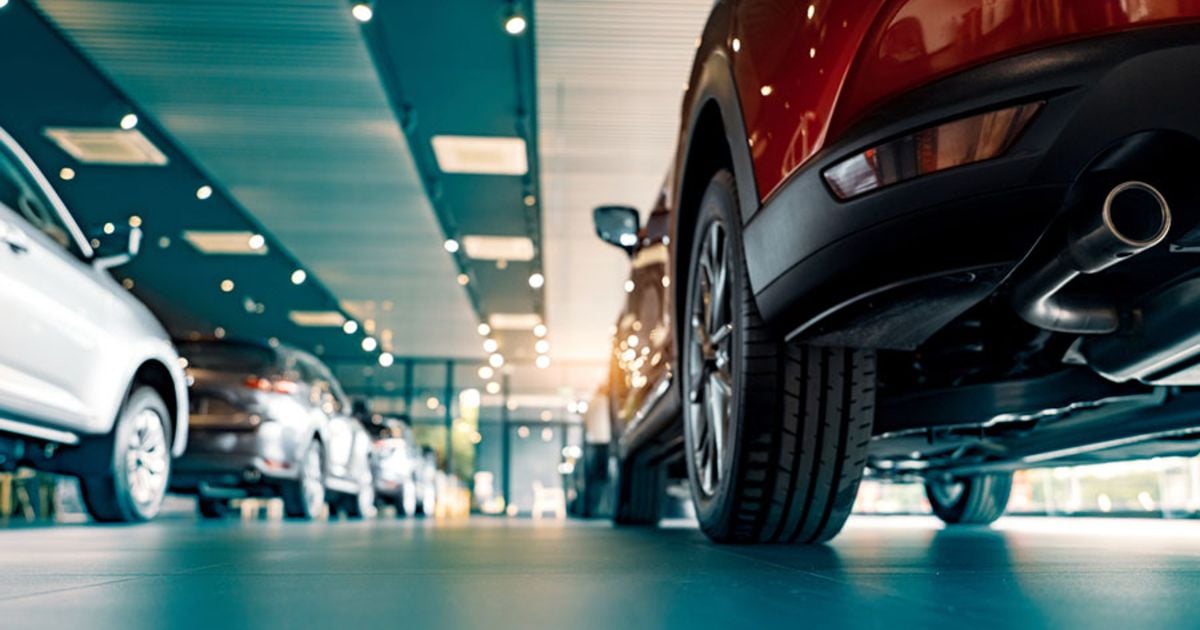
The convention of franchised auto dealers, officially called the NADA Show, later this week in Dallas gives us a good opportunity to talk in this issue about the trends and pressures auto retailers everywhere are dealing with right now.
And there’s a bucket of them.
There’s the ongoing dance between dealers and factories to set agreeable ground rules on how electric vehicles will be sold and serviced. There’s the issue of the languishing leasing market. There’s the confusion over how tax credits are going to be doled out on EV purchases. And there’s the likelihood that higher interest rates are going to turn store floorplanning back into a cost for retailers to contend with.
We delve into all that and much more this week.
These are new issues looking to be resolved. And the NADA Show is a yearly reminder that the car business is flush with resources and powerful in the wisdom of its veteran dealers.
But this year will also see a new class of dealers at the show.
Automotive News, through its rigorous tracking of dealership buy-sell transactions, has found dozens of first-time dealers who were able to buy inaugural stores in 2021 and 2022. Buy-sell reporter Jack Walsworth takes a closer look at how favorable store profits, along with new consulting and lending programs, have aided many acquisitions. He also details how some of the buyers were able to take the leap from dealership employee to owner.
It’s been one of those periods — really, for the first time in a decade — when market factors were just right for motivated buyers to get their foot in the door.
But it sure is an interesting moment to be a newcomer.
In another story on the current outlook, reporter Lindsay VanHulle highlights what might be the next hurdle: sales training.
VanHulle points out that because the past two years were so inventory-challenged, selling vehicles has been a snap. And that’s about the change as factories crank back up.
She quotes Adam Robinson, CEO of the recruitment technology company Hireology, with a sobering observation: “New hires to the industry have no idea how hard this job actually is,” Robinson says. “They’re going to find out.”
 |
|---|

 |
|---|
In Monday’s Automotive News:
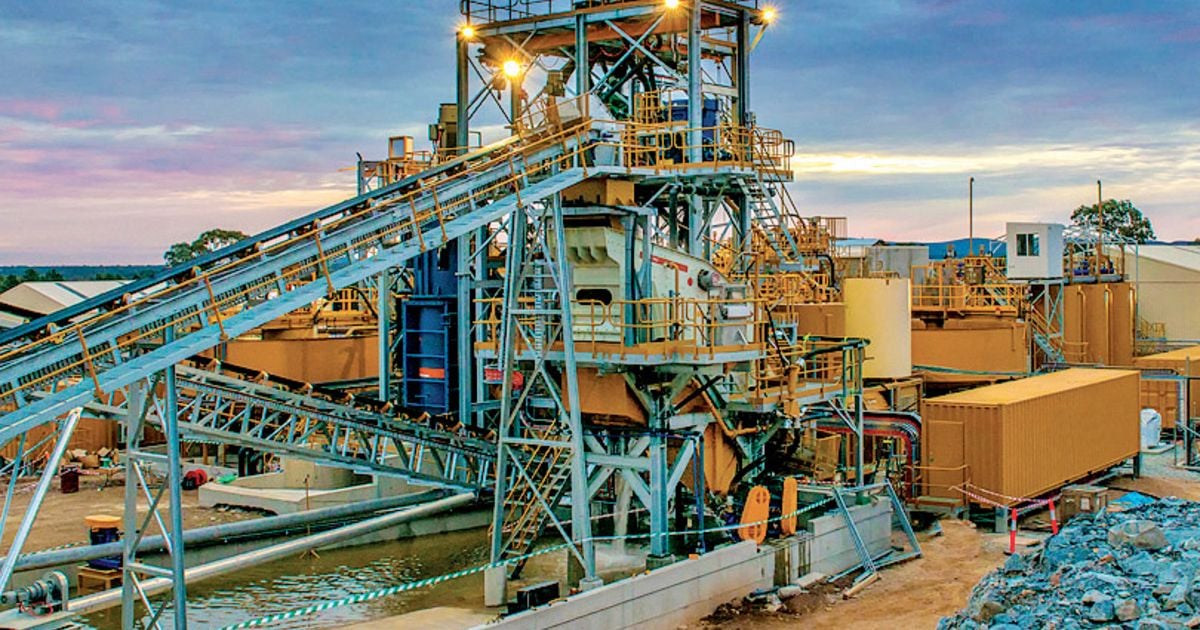
Chasing critical materials: The transition from gasoline to electric vehicles depends largely on the supply chain for batteries and their materials, and domestic shortages of lithium and other critical minerals have plagued U.S. auto manufacturers trying to keep up with EV demand. The largest shortfall is domestic lithium production. Australia accounts for half the lithium produced globally, Chile and China are next. The U.S. lags far behind in other critical minerals, too, relying on countries such as Russia and the Democratic Republic of Congo. This story explains that as the U.S. EV market expands, the federal government and industry players are looking to build a domestic mineral supply chain, with an accelerated production plan, generous incentives and the 2021 Infrastructure Law earmarking more than $7 billion to strengthen the U.S. battery supply chain.
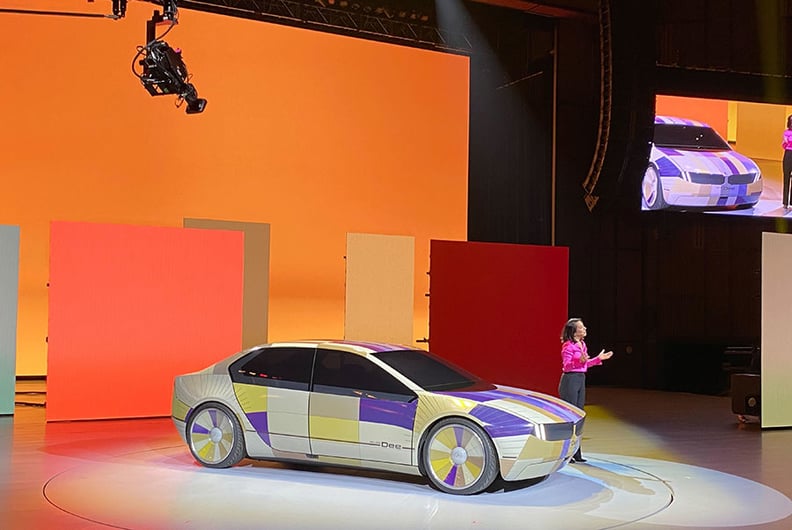
Colorful changes: BMW’s i Vision Dee concept shown at CES featured a color-changing technology the automaker could put into production. Automotive News looks at E Ink, a technology that can digitally change a vehicle’s exterior to an array of colors and patterns in seconds, transforming a vehicle into a one of a kind. The electrophoretic film contains microcapsules the diameter of human hair. When stimulated by electrical signals, the technology brings different color pigments to the surface, causing the wrap to change colors. BMW is considering commercializing the technology developed by MIT-spinoff E Ink Corp. for automotive applications.
 |
|---|
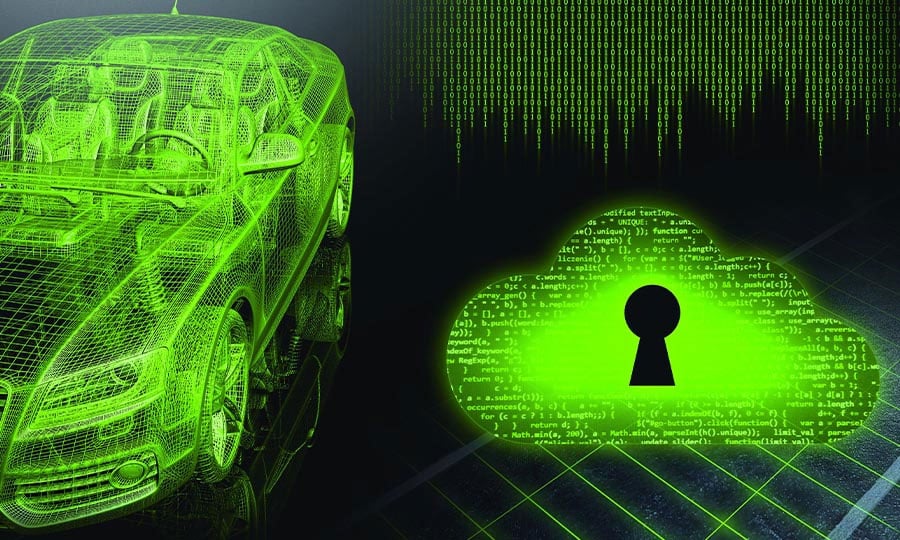 Hackers expose automaker vulnerabilities: A group of white hat hackers cracked customer and back-end operations of a variety of automakers, including BMW, Ferrari, Ford, Jaguar Land Rover, Mercedes-Benz, Porsche and Rolls-Royce. The research was made public after a 90-day moratorium to allow time to work with vendors to plug the security gaps.
Hackers expose automaker vulnerabilities: A group of white hat hackers cracked customer and back-end operations of a variety of automakers, including BMW, Ferrari, Ford, Jaguar Land Rover, Mercedes-Benz, Porsche and Rolls-Royce. The research was made public after a 90-day moratorium to allow time to work with vendors to plug the security gaps.
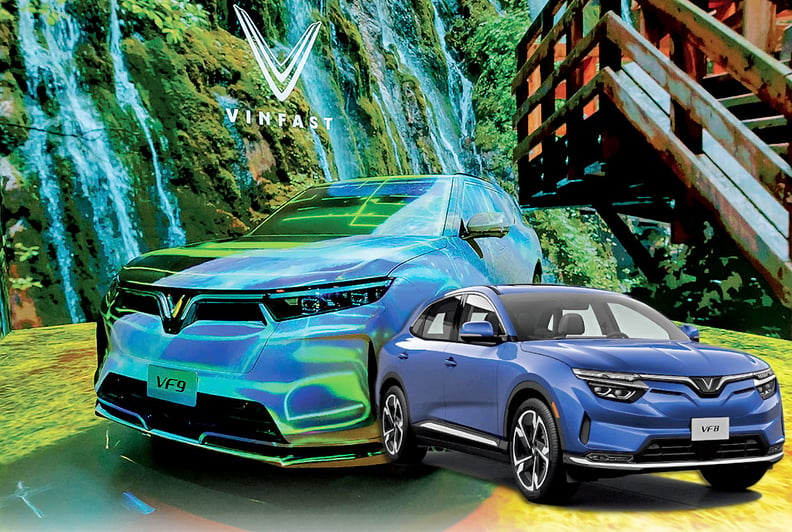
No easy road for VinFast: VinFast is celebrating the arrival of its first electric vehicle on U.S. shores, the VF 8 midsize crossover. But it’s also getting pushback for introducing a $56,700 vehicle with just 179 miles of battery range. The Vietnamese automaker is also facing headwinds after last year’s Inflation Reduction Act removed the $7,500 EV tax credit for vehicles made outside North America.
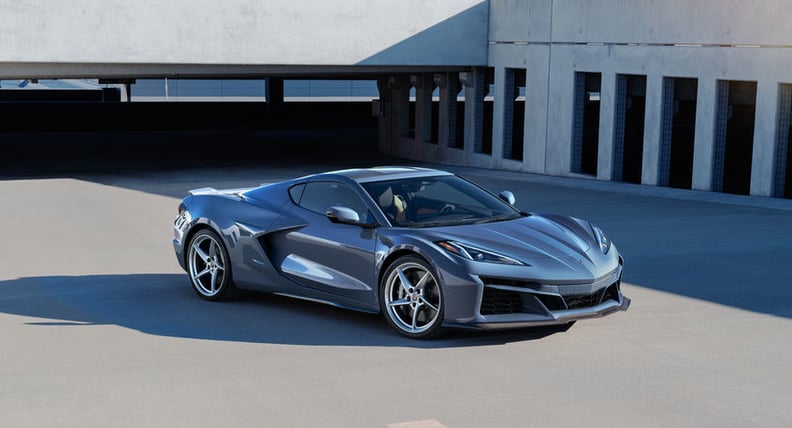
Electrified, awd Vette on the way: Chevrolet is giving the Corvette all-wheel drive and a hybrid powertrain for the first time, but it’s not quite ready to make the famed sports car fully electric. The Corvette E-Ray, available later this year as a 2024 model, will start at $104,295 for a coupe with removable roof and $111,295 for a hardtop convertible version.
 |
|---|
|
|---|
 |
|---|
 |
|---|
 |
|---|
Jan. 24, 1949: General Motors President Charles Wilson — known as Engine Charlie — is Time magazine’s cover story. Time described him as a “reserved blue-eyed boss who thinks fast, talks slow and never wastes time pounding the desk.”
Wilson became GM president in 1941, at age 50. He was secretary of defense under President Dwight D. Eisenhower in 1953.
A widely quoted misquote in American politics came from one of Wilson’s comments during congressional hearings on his Cabinet nomination.
Wilson was quoted as saying, “What’s good for General Motors is good for the country.”
What he actually said, however, was: “For years, I thought that what was good for our country was good for General Motors and vice versa.”

